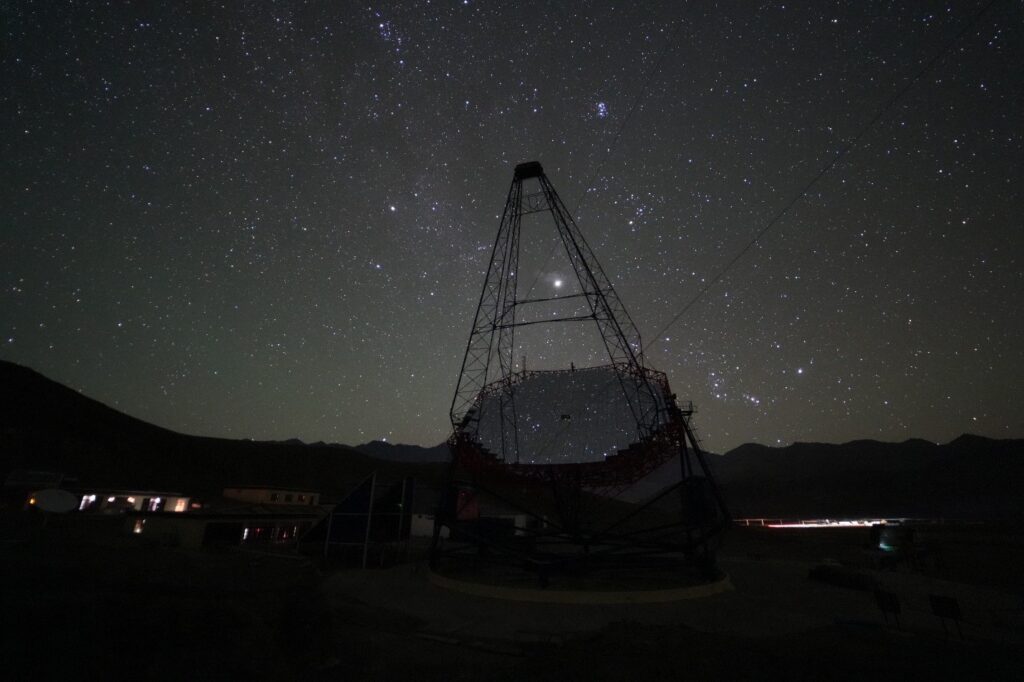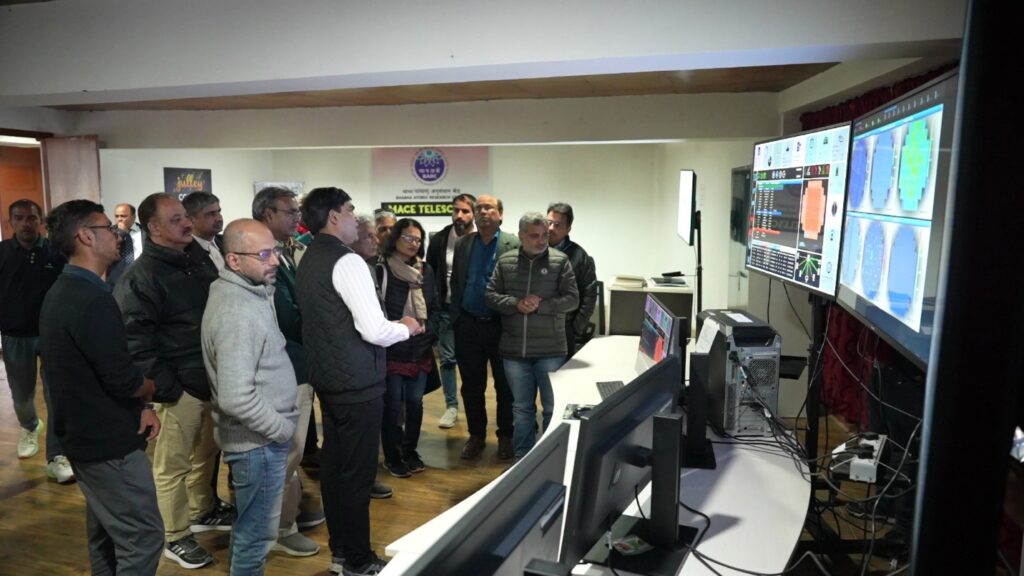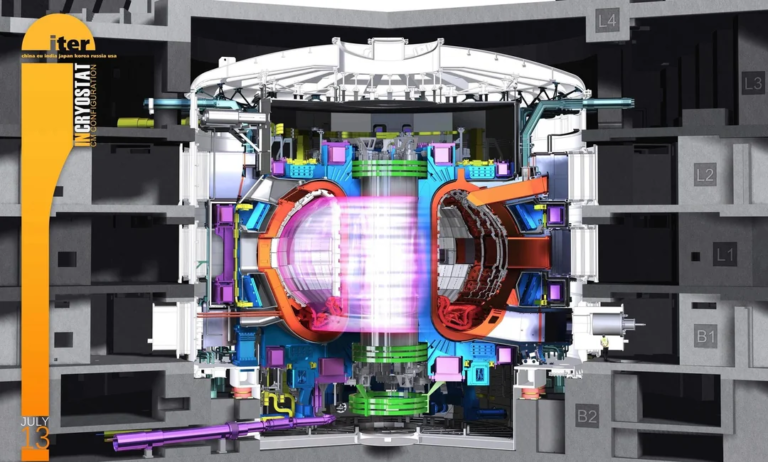MACE: World’s Highest Imaging Cherenkov Observatory in Ladakh

Dr. Ajit Kumar Mohanty, Secretary DAE & Chairman of the Atomic Energy Commission, inaugurated the Major Atmospheric Cherenkov Experiment (MACE) Observatory on October 4, 2024, at Hanle, Ladakh. This event was part of the Platinum Jubilee celebrations of the DAE. MACE is the highest imaging Cherenkov telescope in the world and the largest in Asia, showcasing India’s growing expertise in high-energy astrophysics.
Location and Structure
Located at an altitude of around 4,300 meters, the MACE telescope benefits from Hanle’s clear skies, low light pollution, and dry climate, making it an ideal spot for studying cosmic phenomena. The telescope was built indigenously by the Bhabha Atomic Research Centre (BARC) with partners like Electronics Corporation of India Ltd (ECIL), highlighting India’s expertise in advanced scientific instrumentation.
Scientific Significance
MACE is designed to study high-energy gamma rays from some of the universe’s most energetic events, such as supernovae, black holes, and gamma-ray bursts. Gamma rays do not reach Earth’s surface directly; instead, they produce Cherenkov radiation when interacting with the atmosphere. The telescope captures this radiation, enabling scientists to trace it back to its cosmic origins. This helps deepen our understanding of cosmic rays, particle acceleration, and other high-energy phenomena.

Broader Impact
Beyond advancing astrophysical research, MACE contributes to fundamental physics. It explores dark matter, quantum gravity, and the origins of cosmic rays. It also strengthens India’s global role in space research, establishing Hanle as a key hub for gamma-ray astronomy.
MACE’s success not only elevates India’s status in cosmic research but also boosts regional development by enhancing the scientific infrastructure of Ladakh.
Looking ahead, the MACE project aims to foster international collaborations, advancing India’s contributions to space research and bolstering India’s position in the global scientific community. The observatory will also serve as a beacon of inspiration for future generations of Indian scientists, encouraging them to explore new frontiers in astrophysics.





